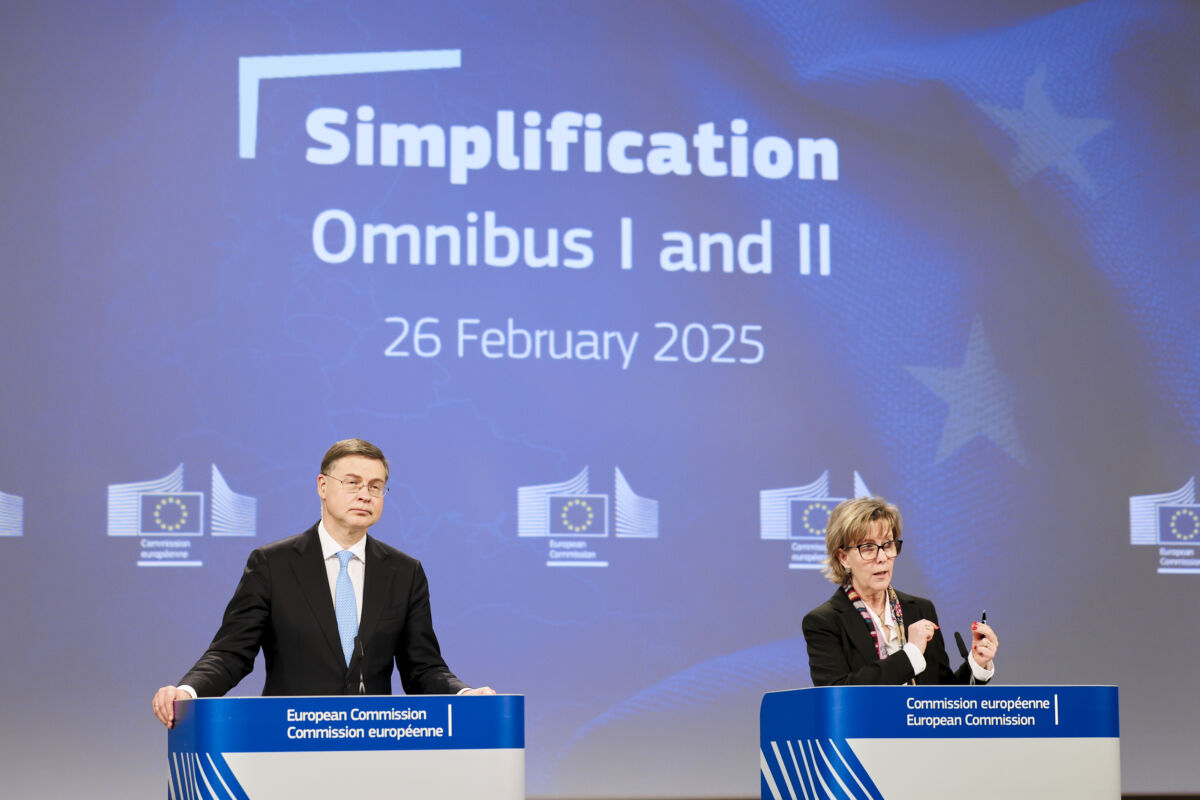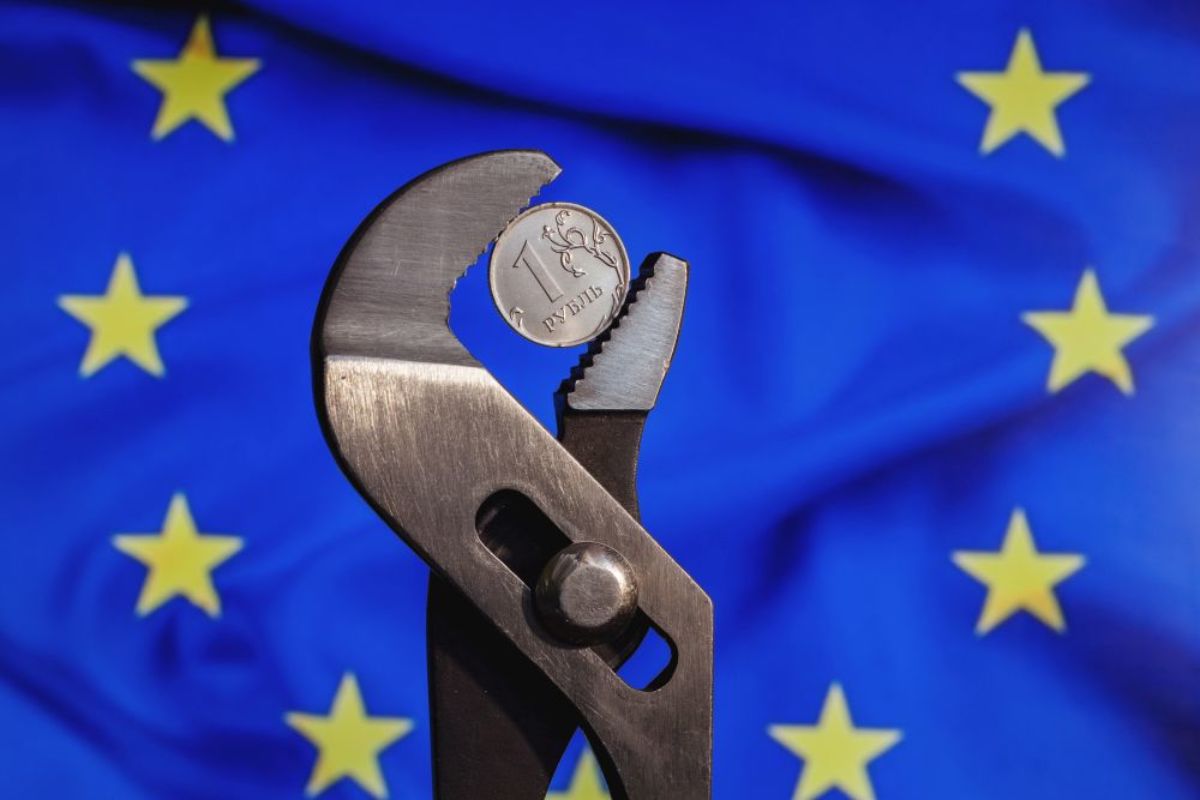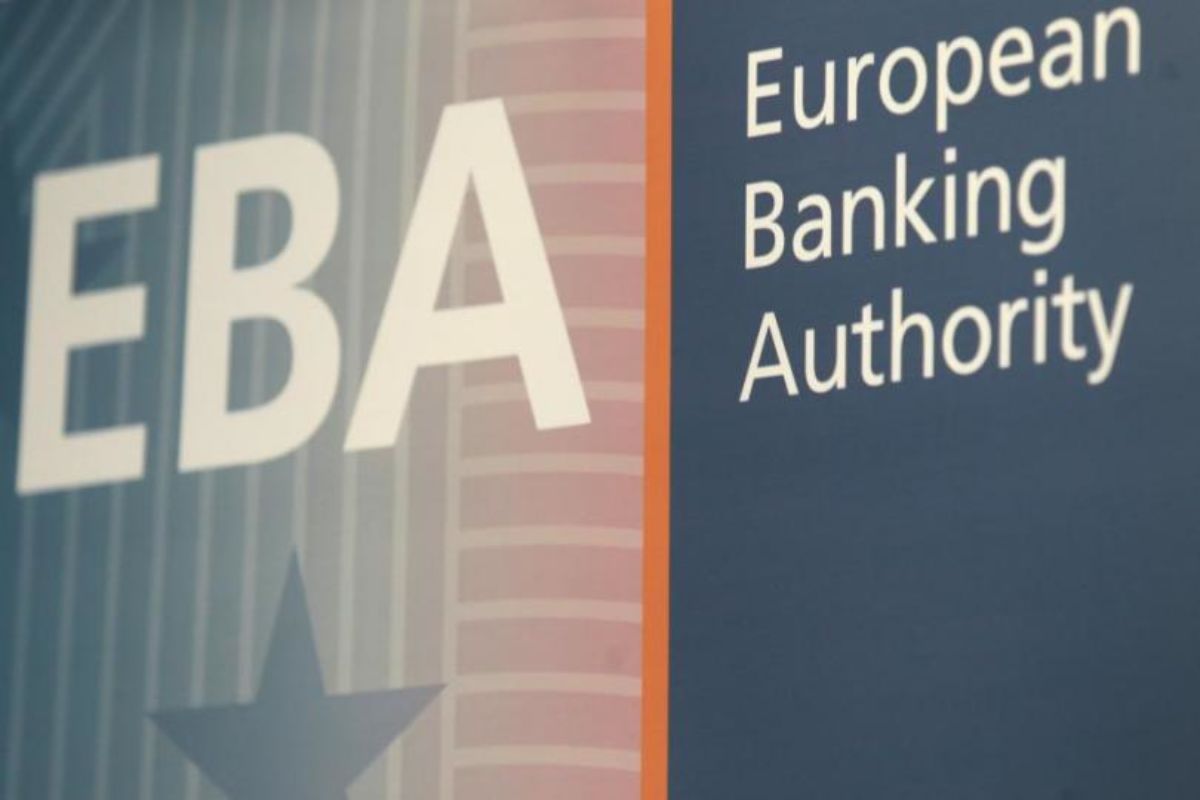The EU has entered its simplification moment. After a decade of head-spinning rulemaking, the European Commission is now applying simplification more directly to financial regulation, all in the name of competitiveness.
However, the real question isn’t whether simplification is needed – it is. The real question is whether what’s being flown under that banner is actually deregulation by stealth.
For months the Commission insisted the Omnibus packages would not chip away at core policy goals. President Ursula von der Leyen put it bluntly on 1 October in Copenhagen: we need simplification and deregulation and the Omnibuses should set the example. Her candour is welcome. But it’s also risky. In short, a semantic hedge just became a political choice.
Smart simplification makes rules workable, reduces compliance costs and speeds up investment. Bad deregulation does the opposite. It blunts the EU’s ability to meet its aims by salami-slicing scope, allowing deadlines to slip or weakening enforcement. Much of the fight over Omnibus sits right on that edge.
What’s in the Omnibus – and why the wording matters
The Commission’s Simplification Package promises burden cuts – 25 % overall and 35 % for SMEs – by scrubbing duplications, aligning reporting calendars and harmonising definitions across the CSRD, CSDDD, the EU Taxonomy, CBAM and investment rules. That’s good, legitimate housekeeping.
Yet several ideas go beyond housekeeping. Stop-the-clock delays, narrower scopes and lighter obligations risk hollowing the architecture rather than streamlining it. If the same objective cannot be met on time or at the intended scale, then the line has been crossed. That’s not simplification but deregulation.
Language gives the game away. Simplification answers how we achieve agreed goals. Deregulation reopens whether we still intend to meet them with binding discipline. To be fair, not all redesign equals rollback – rules sometimes need to be recast or recalibrated as priorities, technology or consumer behaviour change, and those cases often blend simplification with re-regulation. This commentary focuses on intent and effect: the first trims friction and the second trims ambition.
The wider context – voluntary virtue is running out of road
The Net-Zero Banking Alliance’s (NZBA) recent collapse underscores a broader shift. Voluntary coalitions cheered in 2020-22 as proof that markets could self-coordinate to deliver public goods, are straining under political pushback and legal risk. As global banks stepped away, commitments softened and then faded. When voluntary discipline loses credibility, the temptation is to relax rules, not harden them, especially when competitiveness anxiety bites.
To be clear, market self-regulation can help – provided it’s anchored in clear public standards, transparent metrics and independent monitoring. Otherwise, it too often devolves into a race to the bottom.
That’s why the Commission should choose between two paths: rebuild credible, workable rules that achieve objectives at a lower cost; or slide into deregulation that lightens paperwork while hollowing out substance. The former is difficult but salvageable. The latter is easy but expensive in the long run.
A practical test – four questions to separate simplification from deregulation
Policymakers need a bright-line test they can apply measure by measure.
Start with objective integrity: after the change, can the original objective still be met on the same path – or on a transparently recalibrated one? If not, it’s deregulation.
Then ask whether the change removes process friction (e.g. duplicate reports, misaligned timelines, inconsistent definitions) or lowers the standard through narrower scope, weaker thresholds or fewer obligations; the first is simplification, the second deregulation.
Next, weigh net benefits: do quantified burden cuts exceed transition costs without dumping costs on citizens or externalising risks such as climate, safety or financial stability? That requires an evidence-based impact assessment with clear dates and baselines; if the gain depends on diluted enforcement or open-ended delay, it’s deregulation.
Finally, test enforcement credibility: can supervisors still monitor and enforce effectively under the revised rules? If enforcement becomes impractical or toothless, you’ve deregulated by stealth.
Applied to the Omnibus, some elements clearly pass – harmonised data fields, fewer duplications, aligned calendars. Others don’t – broad delays, carve-outs that shrink coverage, provisions that turn binding duties into best-efforts guidance. The Commission frames the agenda as reducing burden for competitiveness. Fine – that’s the aim of simplification. But it’s not a license for deregulation.
Five guardrails for pro-competitiveness, pro-standards simplification
If the EU wants to set a good example, it should lock in guardrails that stop simplification from becoming rollback.
First, do-no-harm clauses. Each change should state explicitly that it won’t reduce the probability of meeting treaty-level or legislated goals (from the 2030/2050 climate goals to prudential soundness and consumer protection). If it would reduce the probability, then recalibrate the objective out in the open – don’t smuggle it through technical fixes.
Second, time-bounded relief with sunsets. Where delays are justified by capacity constraints or tooling, set automatic sunsets and pre-announced re-entry dates. No rolling extensions that sap credibility.
Third, single-window reporting with common data layers and end-to-end digitalisation of compliance and enforcement. Replace duplicative templates with one collection point and common taxonomies across laws. Cut cost without cutting standards. Together, these steps are the fastest route to the promised 25-35% burden reductions, better data quality and quicker, more effective enforcement.
Fourth, adopt only legislation that can be (cost-)effectively enforced. Require co-signatures from the supervisors who must implement the change, plus an operational note on inspection modes, data neds, thresholds and resourcing. If enforcement cannot scale, it’s not simplification.
Finally, create a Simplification Scorecard run by an inter-institutional panel with external reviewers such as ESMA, EBA and EIOPA. Rate each change against the four-question test. Publish ex-ante and ex-post evaluations. Track whether burden cuts are achieved without weaker outcomes.
Competitiveness needs better rules, not thinner ambition
Europe’s competitiveness gap is real. The answer isn’t to trade away standards that anchor long-term investment. Capital – especially institutional capital – prefers stable, enforceable rules to oscillating political signals. The fastest route to private investment is not the lightest rulebook. It’s the clearest and most predictable one.
That’s why words matter. If regulatory reform means pruning duplication, aligning calendars and clarifying scope, then call it simplification. If it signals looser commitments, then the EU risks backsliding to pre-crisis reflexes that bred fragility instead of dynamism.
The collapse of voluntary climate coordination should stiffen our resolve to make binding frameworks work better, not to unspool them. The Omnibus can still be the right kind of reform – surgical, technical and objective-preserving. That requires discipline that slogans cannot replace. Clear evidence, public scorecards and the honesty to admit when simplification crosses the line.
The EU doesn’t need fewer goals. It needs fewer hoops to reach them – and more trust that the hoops that remain still actually mean something.





































